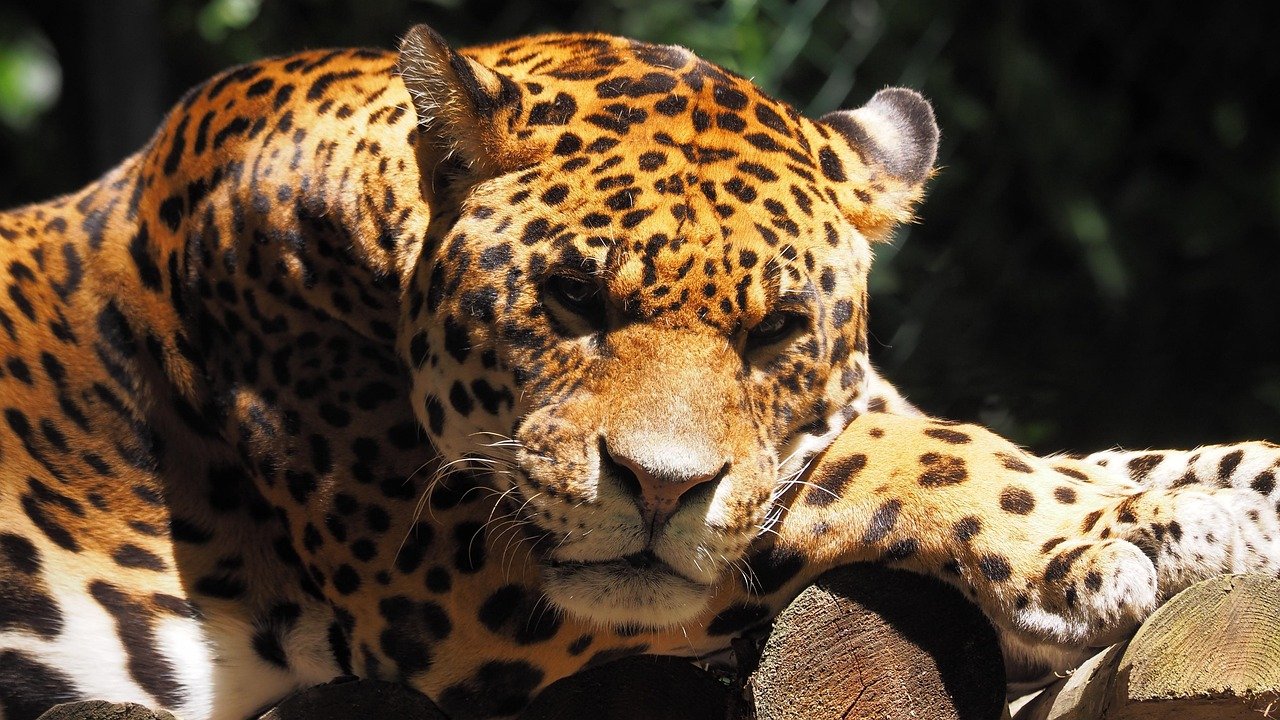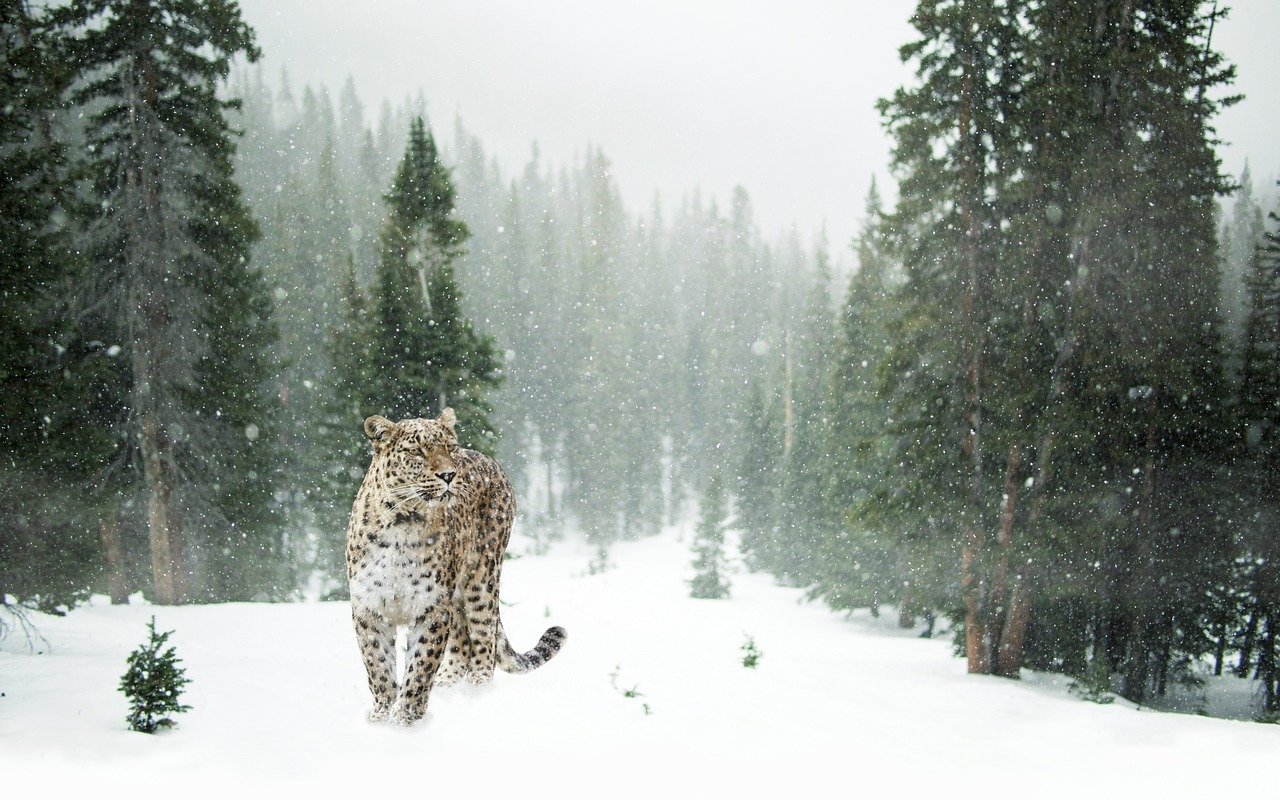When we think of big cats, we often imagine majestic creatures prowling through the wild with grace and power. Yet, beyond their fierce exteriors lies a softer, nurturing side that not many are privy to. The world of big cats is diverse, and so are their parenting styles. From the solitary leopard to the social lion, each species has its own unique way of raising its young. These parenting styles not only ensure the survival of their offspring but also shape the future generations of these magnificent creatures. Let’s delve into the heartwarming and sometimes surprising world of big cat parenting.
Lion: The Cooperative Caretakers
Lions are known for their social structure, which is quite unique among big cats. Living in prides, these majestic animals have a cooperative parenting approach. The lionesses in a pride often give birth around the same time, which means the cubs are raised together. This communal care means that all the lionesses take responsibility for feeding and protecting the young. Interestingly, the cubs are nursed by any lactating female in the pride, not just their mother. This shared responsibility ensures that even if a mother is unable to care for her young, the cubs still have a fighting chance. The pride’s male lions also play a role, albeit more indirectly, by protecting the pride from external threats.
Tiger: The Solitary Nurturer
Tigers, unlike lions, are solitary creatures, and this extends to their parenting style. A mother tiger is solely responsible for the upbringing of her cubs. She will fiercely guard her territory to ensure her cubs’ safety. The tiger mother is not only a protector but also a teacher. As the cubs grow, she introduces them to the intricacies of hunting, teaching them essential survival skills. The cubs stay with their mother for about two years, learning everything from stalking prey to marking territory. This period of tutelage is crucial, as it prepares them for their solitary life ahead. Once they are ready, the young tigers set out to establish their own territories.
Leopard: The Stealthy Protector
Leopards are known for their elusive nature, and their parenting methods are no different. A leopard mother is a master of stealth, ensuring her cubs remain hidden from predators. She will frequently move her cubs to new locations to avoid detection, often choosing dense thickets or rocky outcrops as safe havens. This constant movement is not only for safety but also teaches the cubs the importance of being discreet. The leopard mother also introduces her cubs to various prey, honing their hunting skills. By the time they are about a year old, the cubs begin to venture out on their own, equipped with the skills needed to survive in the wild.
Cheetah: The Fastidious Teacher
Cheetah mothers are known for their dedication to teaching. Raising her cubs alone, a cheetah mother invests significant time in honing their hunting skills. Unlike other big cats, cheetahs rely on speed over strength, and the mother must pass on these unique techniques to her offspring. She will often demonstrate hunting tactics and encourage the cubs to practice. Interestingly, cheetah mothers also use play as a learning tool, allowing the cubs to chase and tackle each other. This play is crucial in developing the agility and speed they need to catch prey. By the time they are 18 months old, the cubs are ready to face the challenges of the wild on their own.
Jaguar: The Water-Loving Guardian

Jaguars are one of the few big cats that enjoy the water, and this affinity plays a role in their parenting style. A jaguar mother often raises her cubs near water sources, teaching them to swim from a young age. This skill is vital, as jaguars often hunt aquatic prey. The mother will demonstrate hunting techniques both on land and in water, ensuring her cubs are well-rounded hunters. She is also a fierce protector, often taking on threats much larger than herself to safeguard her young. The cubs remain with their mother for about two years, during which they learn the intricacies of their lush, jungle habitat.
Siberian Tiger: The Cold-Climate Caretaker
The Siberian tiger, adapted to the harsh climates of the Russian Far East, has a distinct parenting style. The mother must ensure her cubs are warm and well-fed in an environment where food can be scarce. She will travel great distances to secure food, all while keeping her cubs hidden in dens. The cubs are taught to navigate the snowy terrain, learning to track prey in the challenging conditions. The Siberian tiger mother is a symbol of resilience, ensuring her cubs are prepared for the harsh realities of their environment. Her dedication is unwavering, and by the time the cubs are ready to leave her side, they are well-equipped to thrive in the cold wilderness.
Snow Leopard: The Mountain Mentor

Snow leopards are the elusive ghosts of the mountains, and their parenting style is as mysterious as their existence. A snow leopard mother raises her cubs in the rugged terrains of Central Asia, where the challenges are as steep as the cliffs. She is an adept mentor, teaching her cubs to navigate the treacherous landscapes and hunt in the thin air of high altitudes. The cubs learn to move silently, leveraging the rocky terrains to their advantage. The mother’s patience is evident as she allows her cubs the time to perfect their skills. By the time they are about two years old, the young snow leopards are ready to embrace the solitary life of the mountain ranges.
Each of these big cats showcases the beauty of nature’s diversity. Their unique parenting styles are a testament to their adaptability and the intricate balance of ecosystems. As we marvel at these magnificent creatures, we are reminded of the profound bond between mother and offspring, a universal truth that transcends species.

Growing up traveling and experiencing new cultures and wonders, I have had a passion for nature, adventuring, photography, and videography. I am currently working towards a BSc in Biodiversity and Ecology at Stellenbosch University, and I hope to specialise in Marine Sciences one day.
Please send any feedback to Feedback@animalsaroundtheglobe.com






